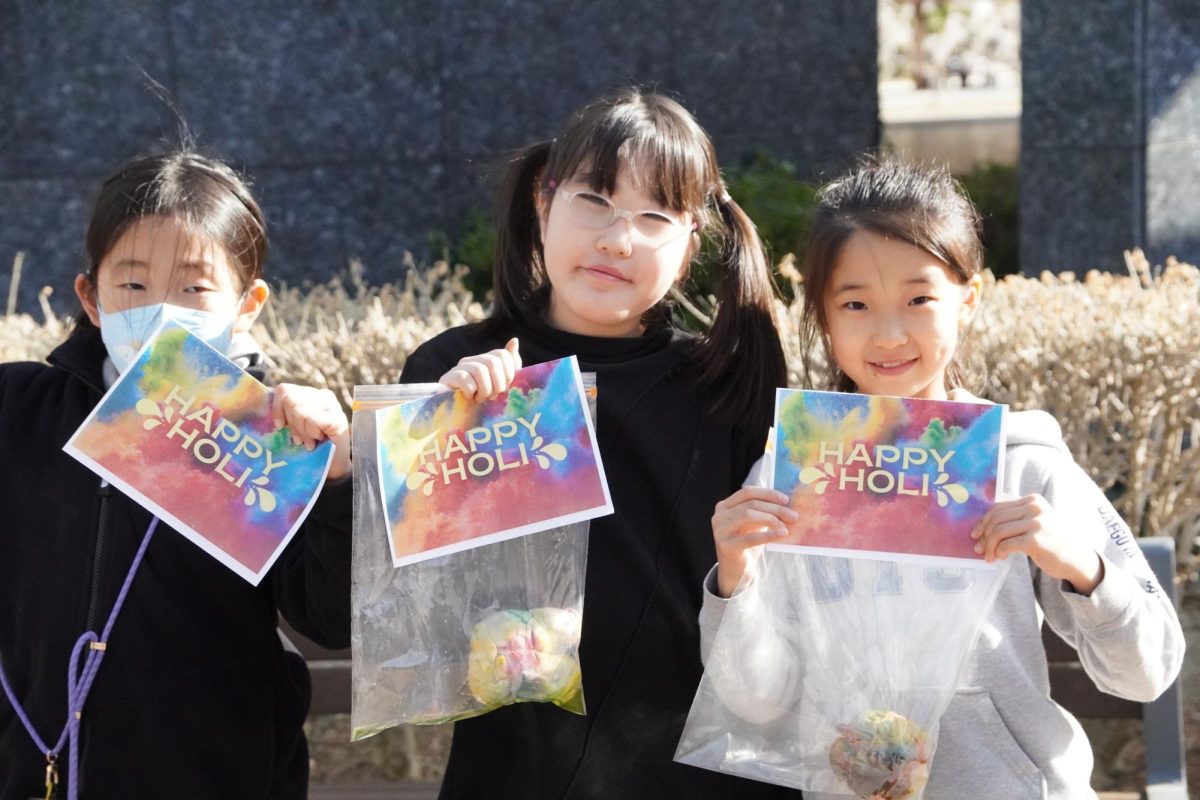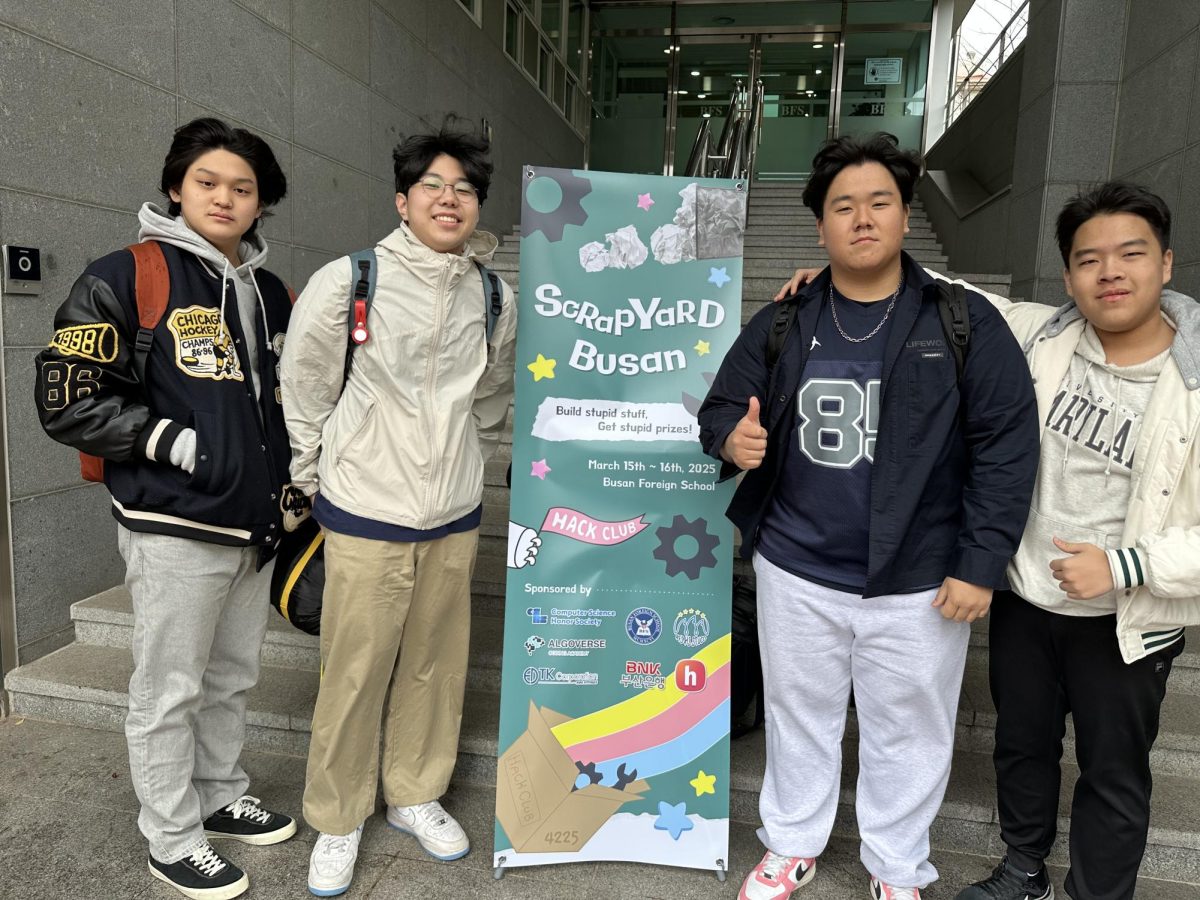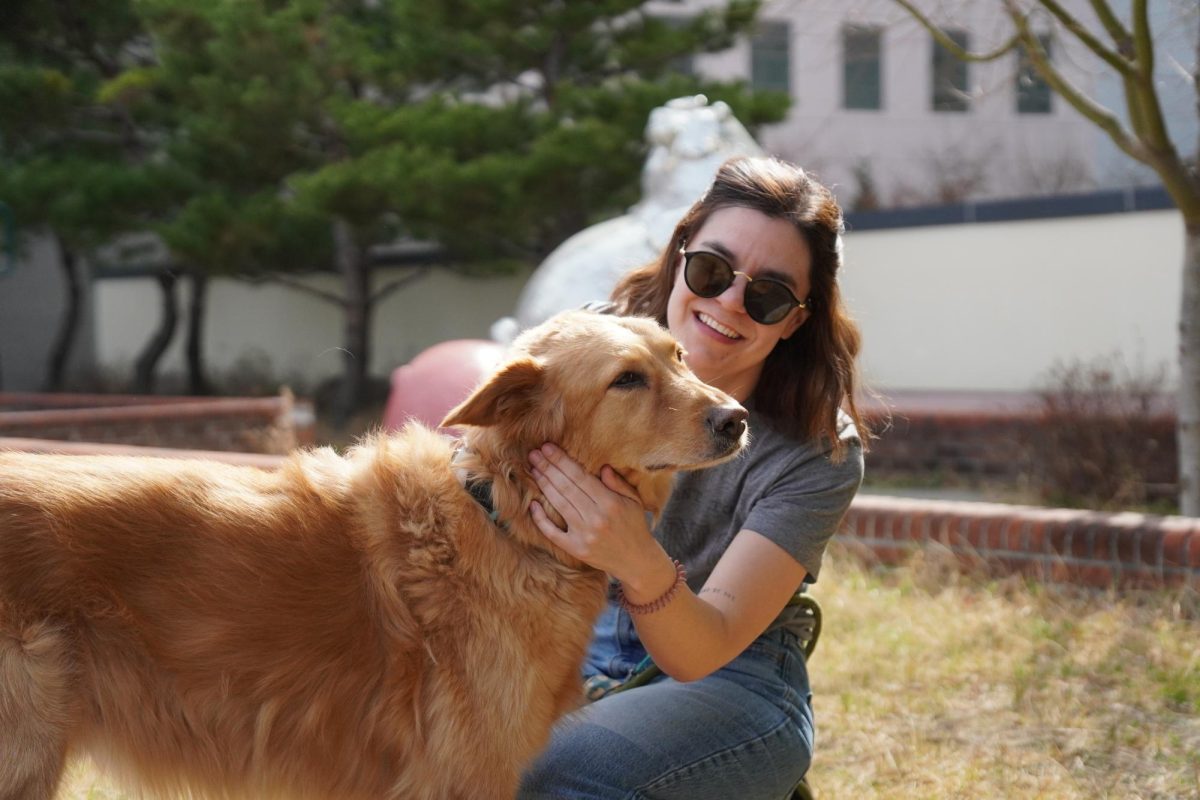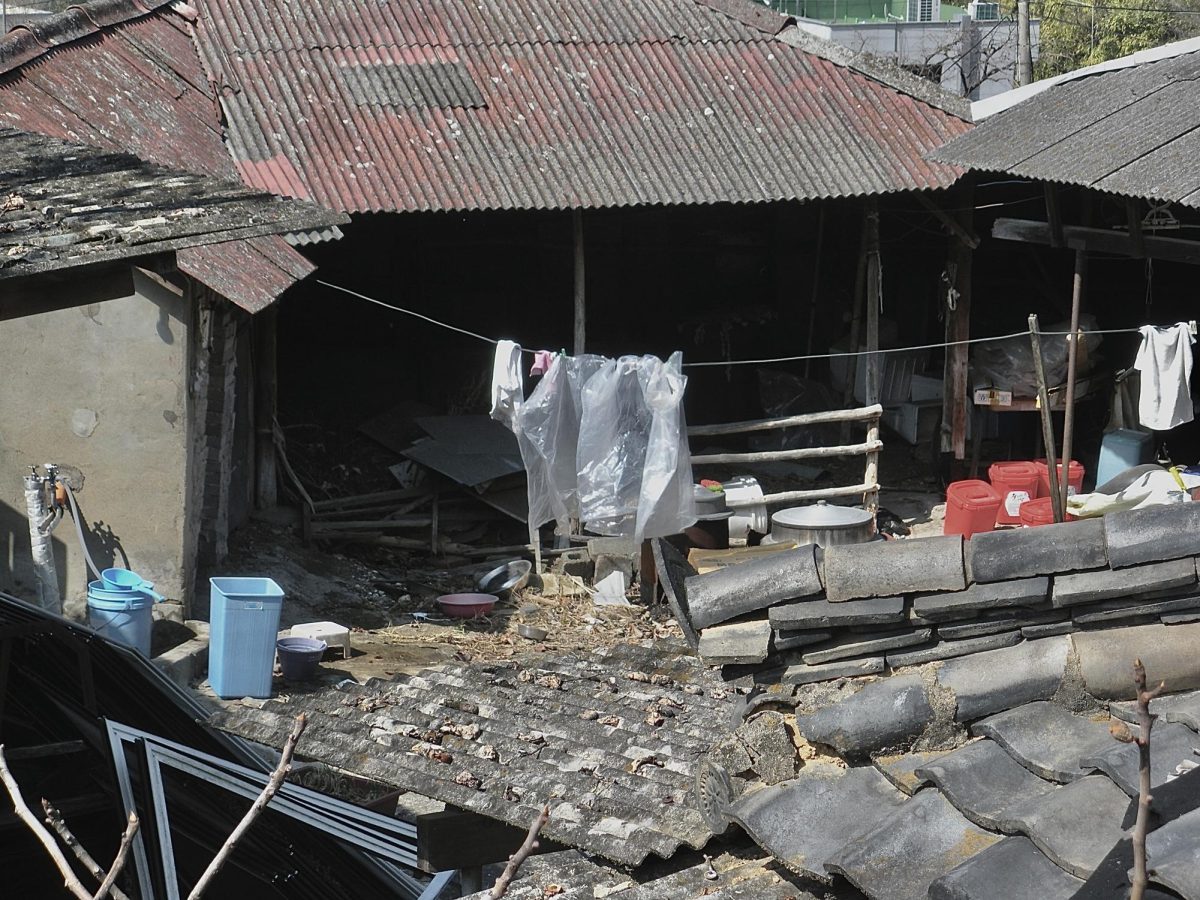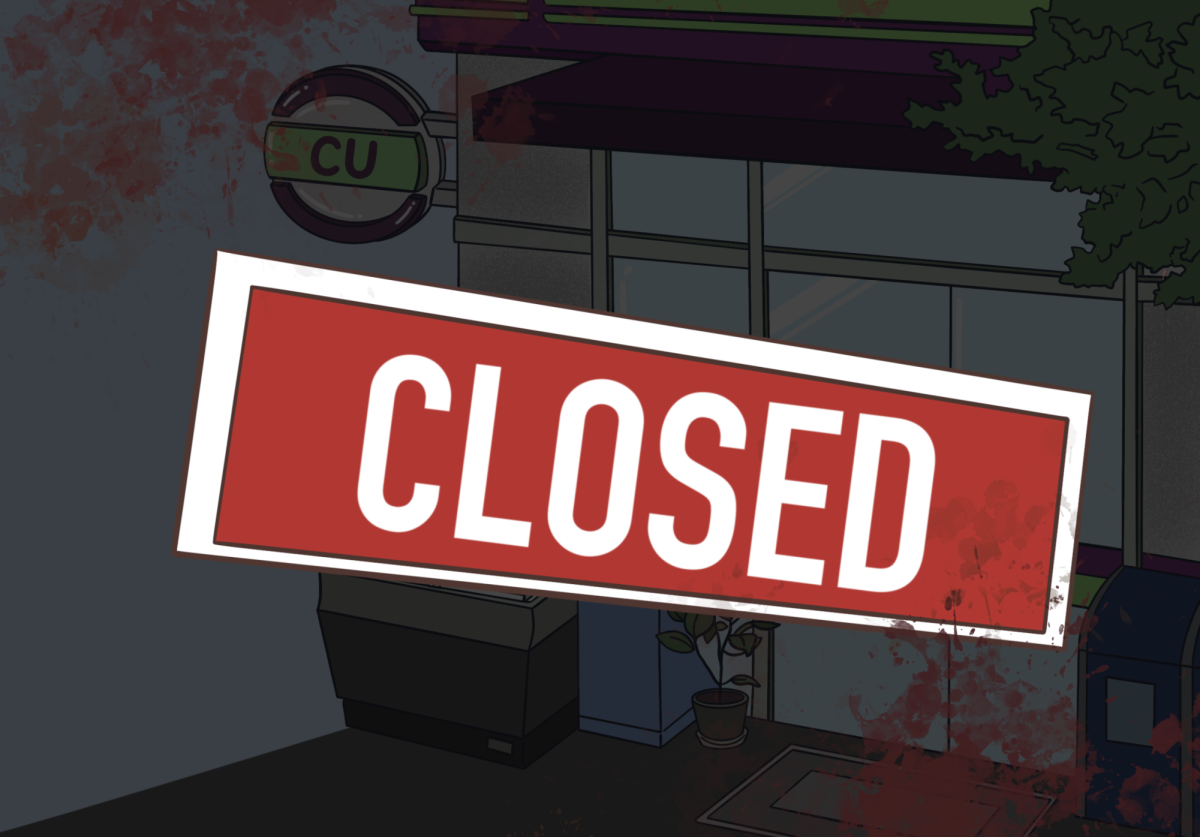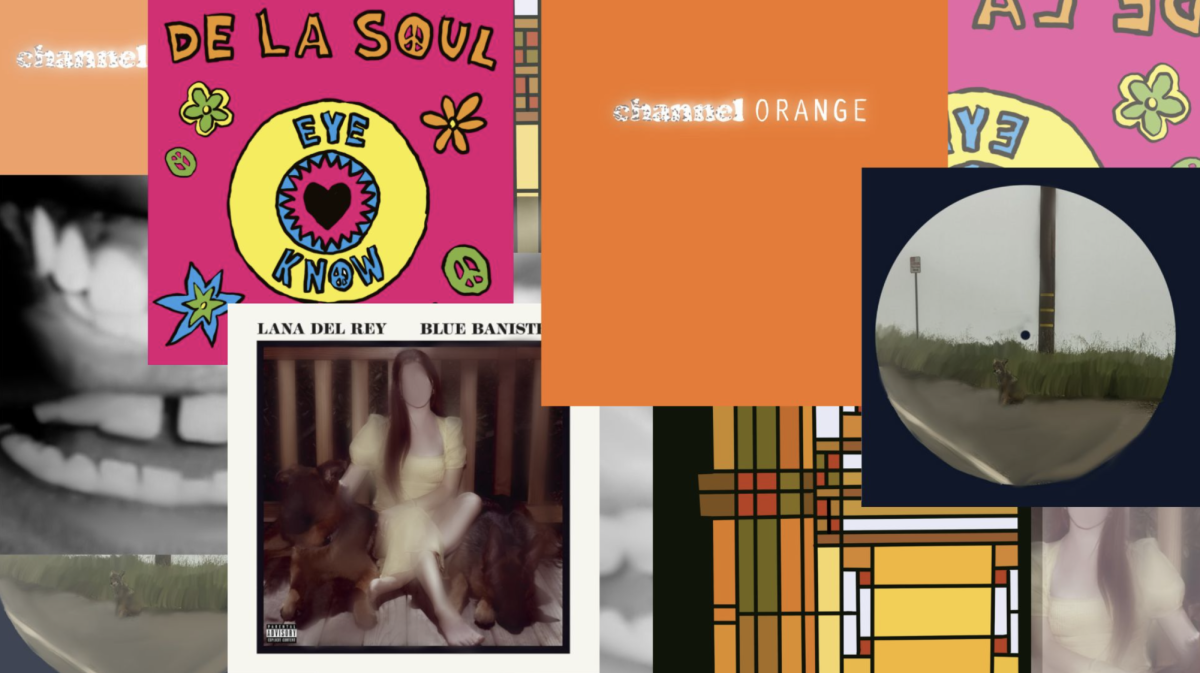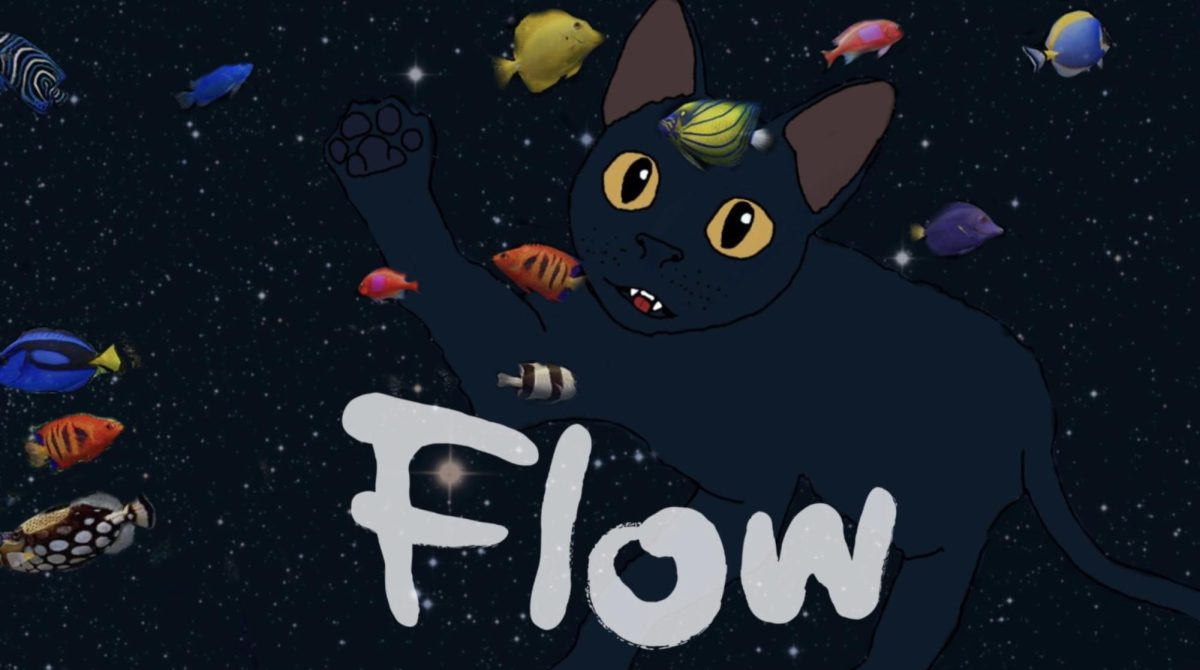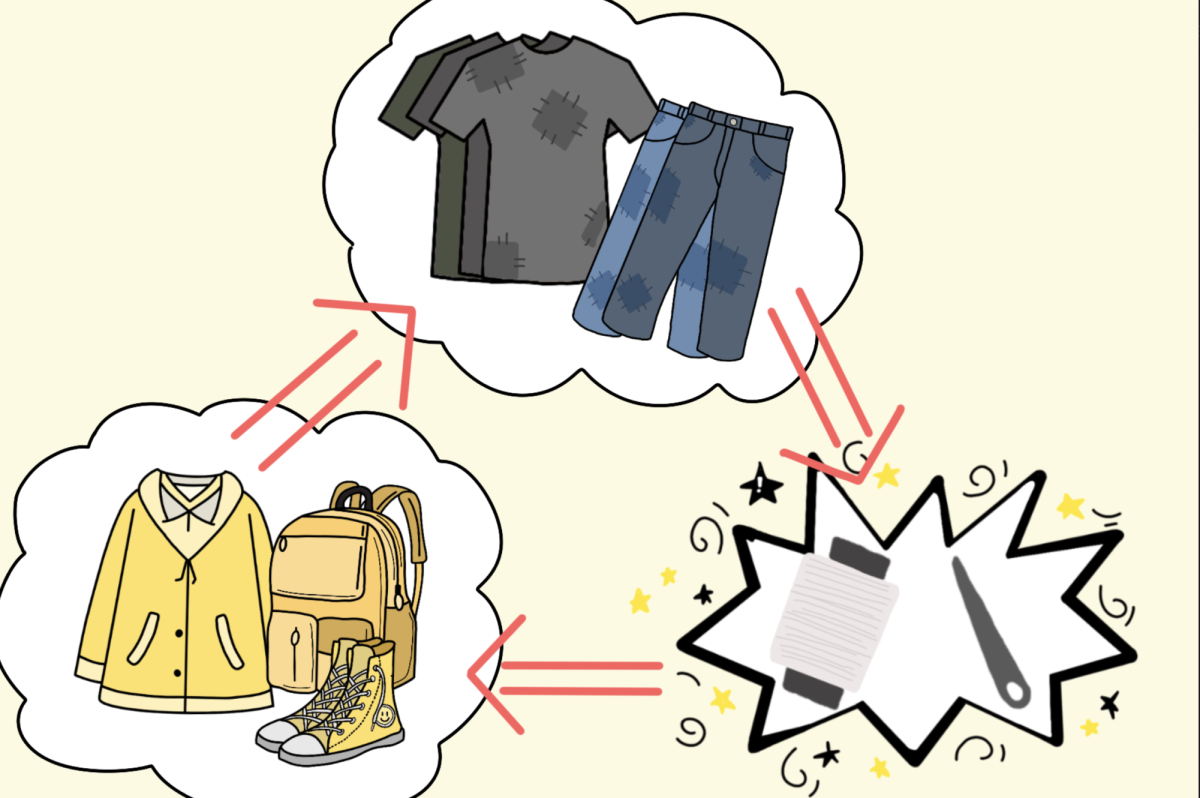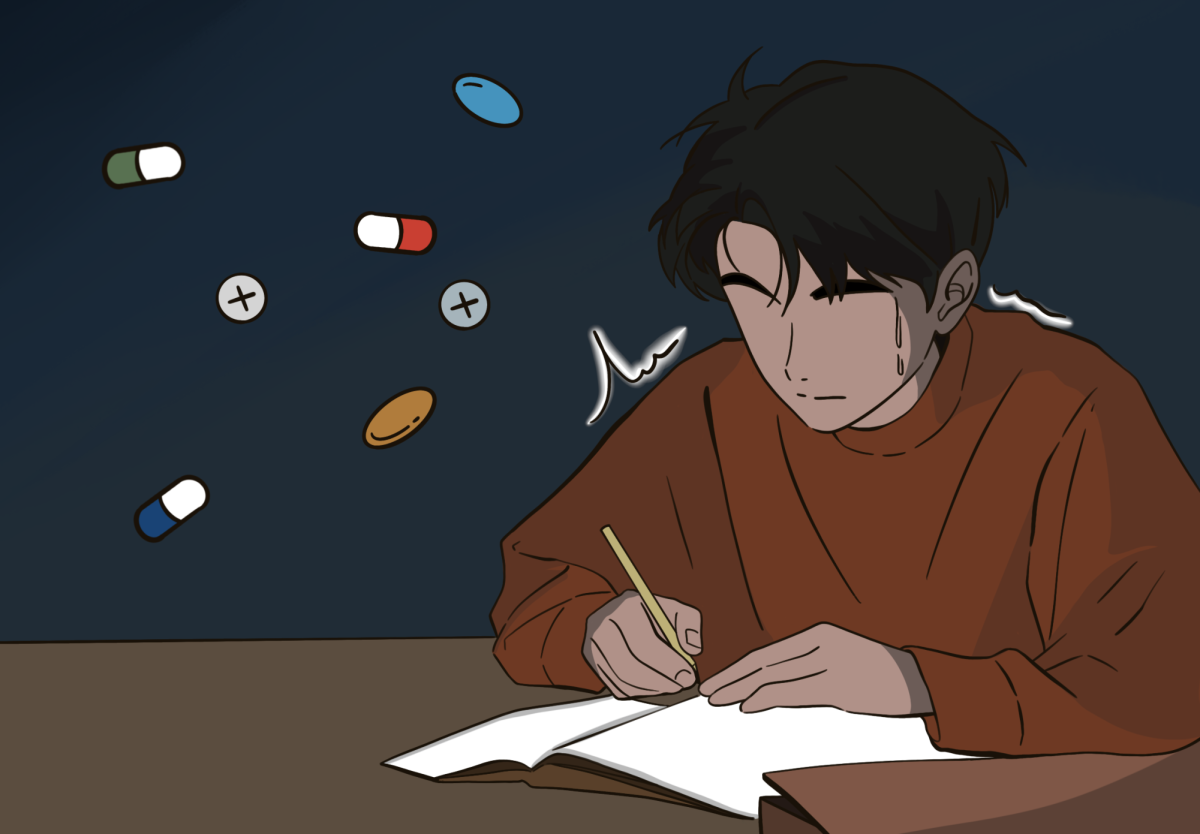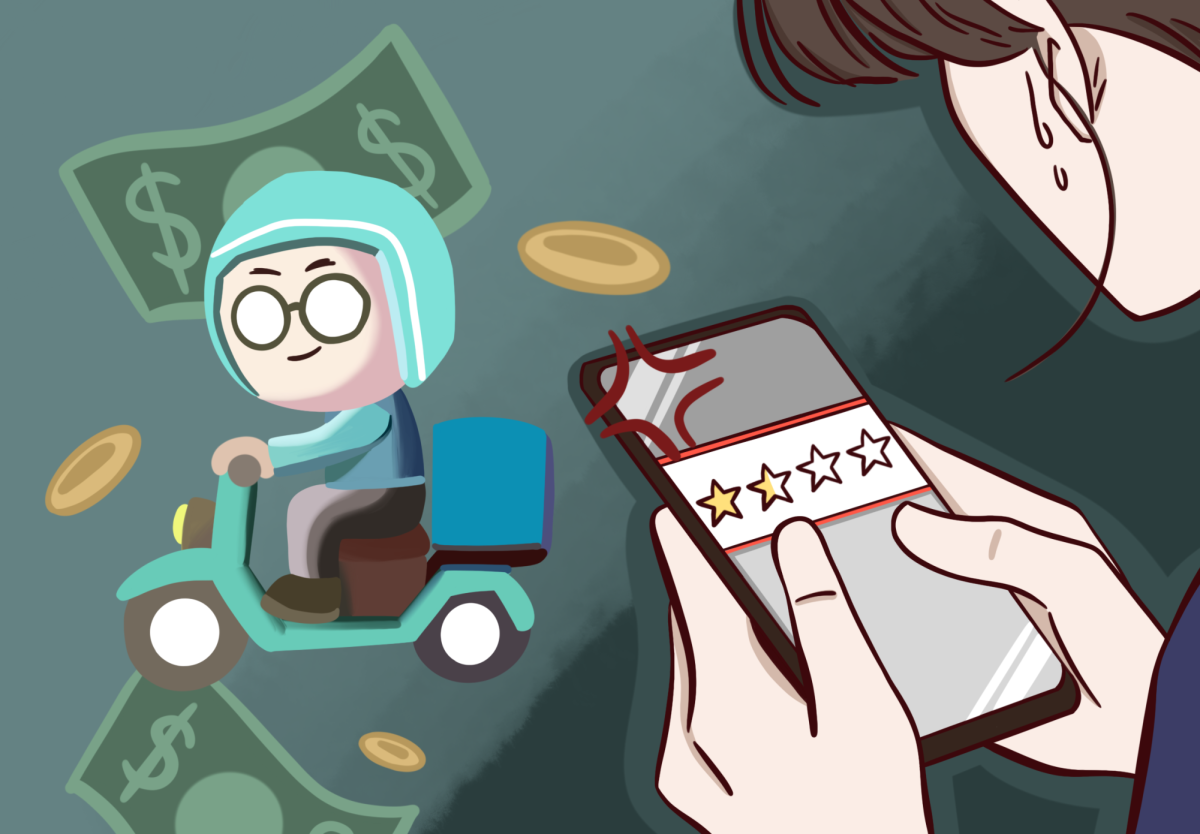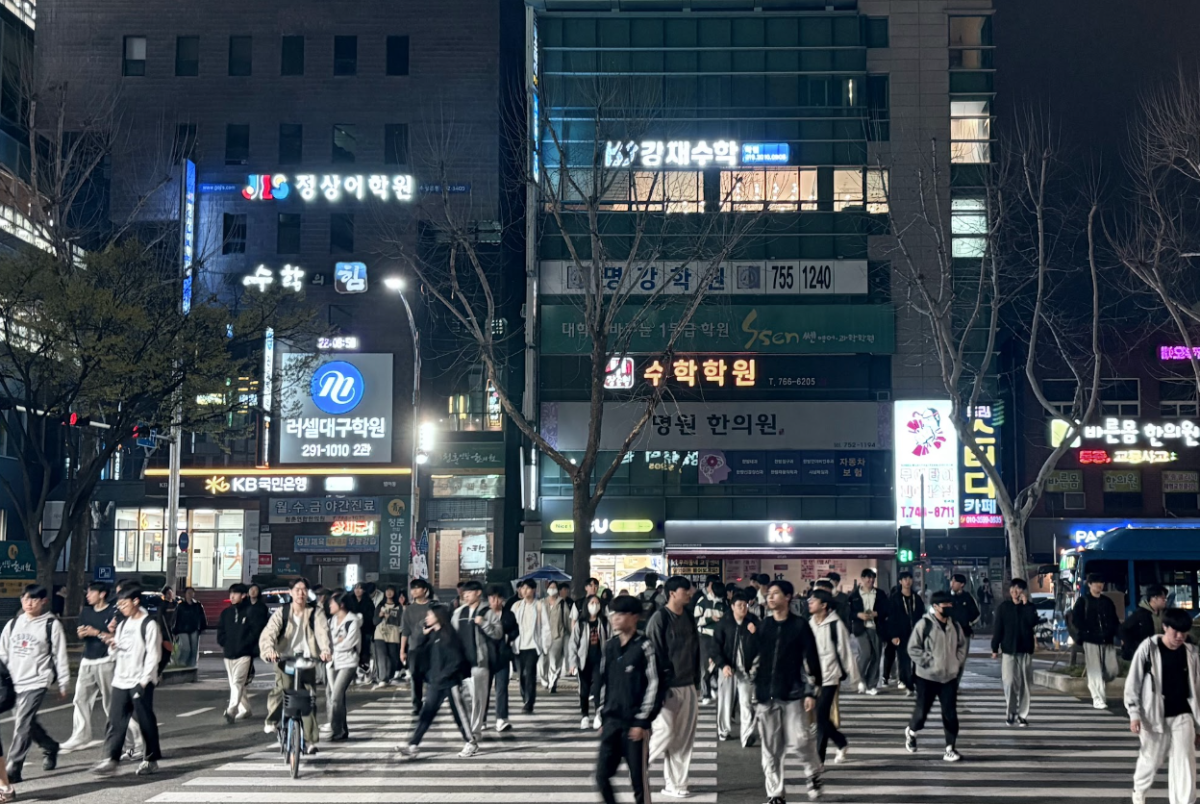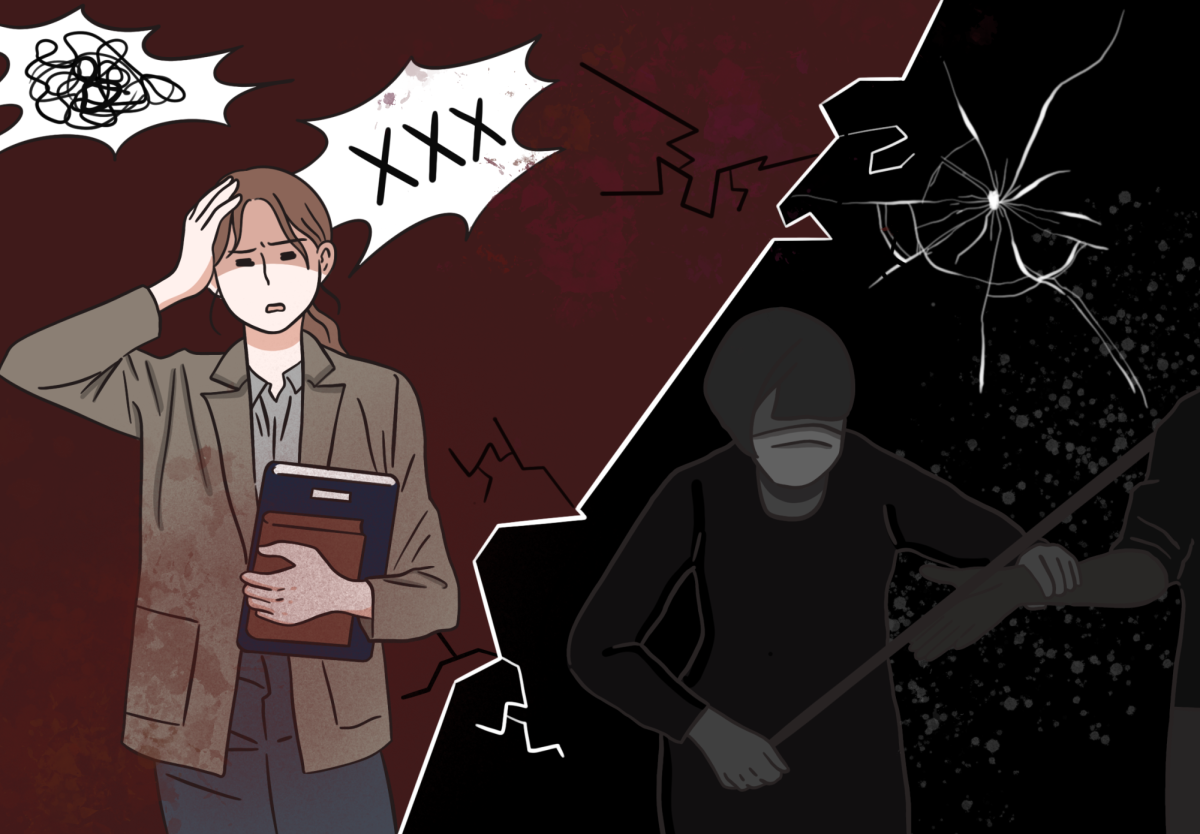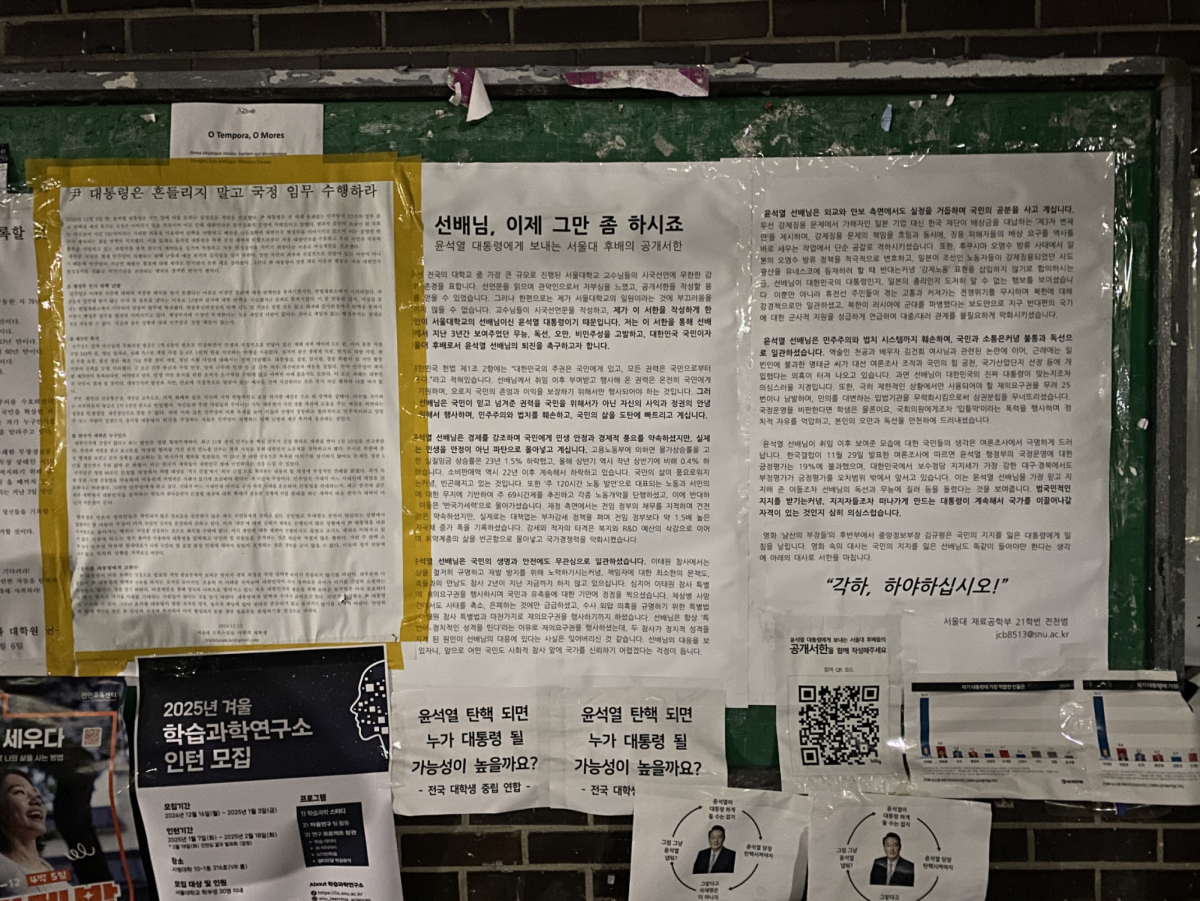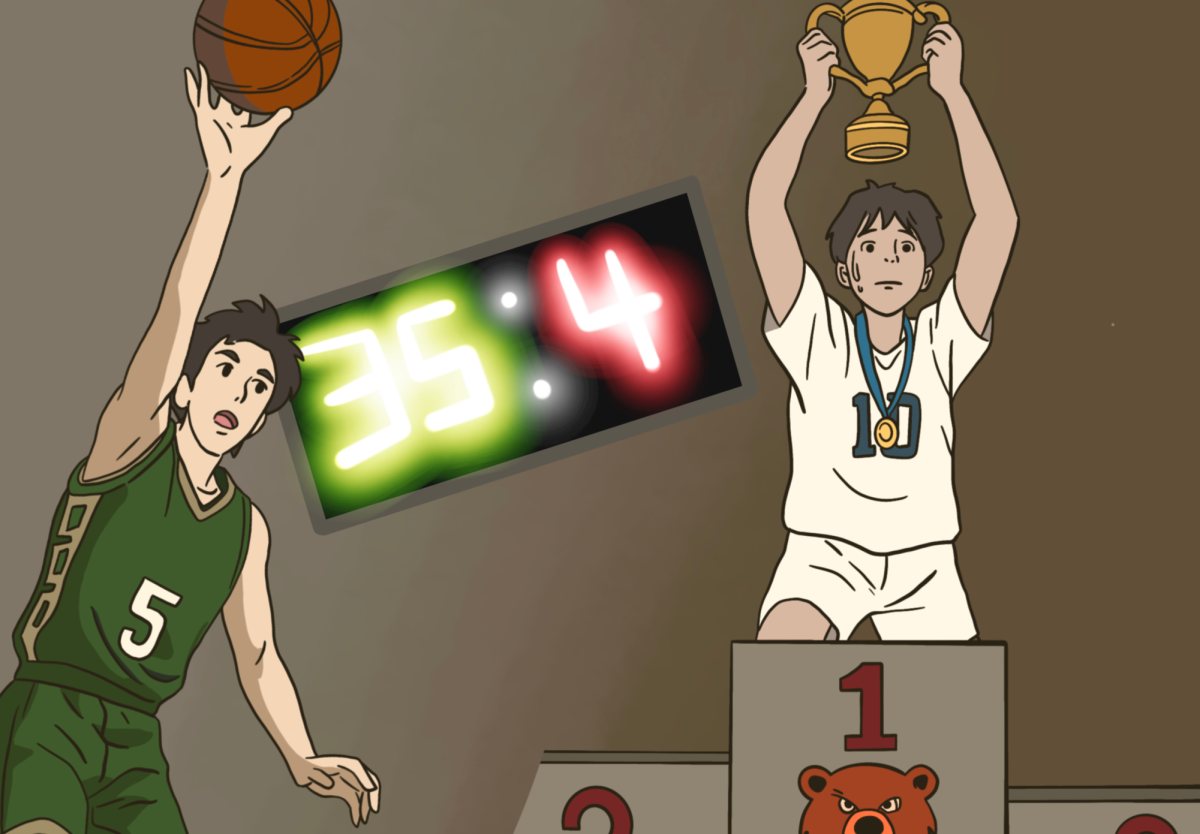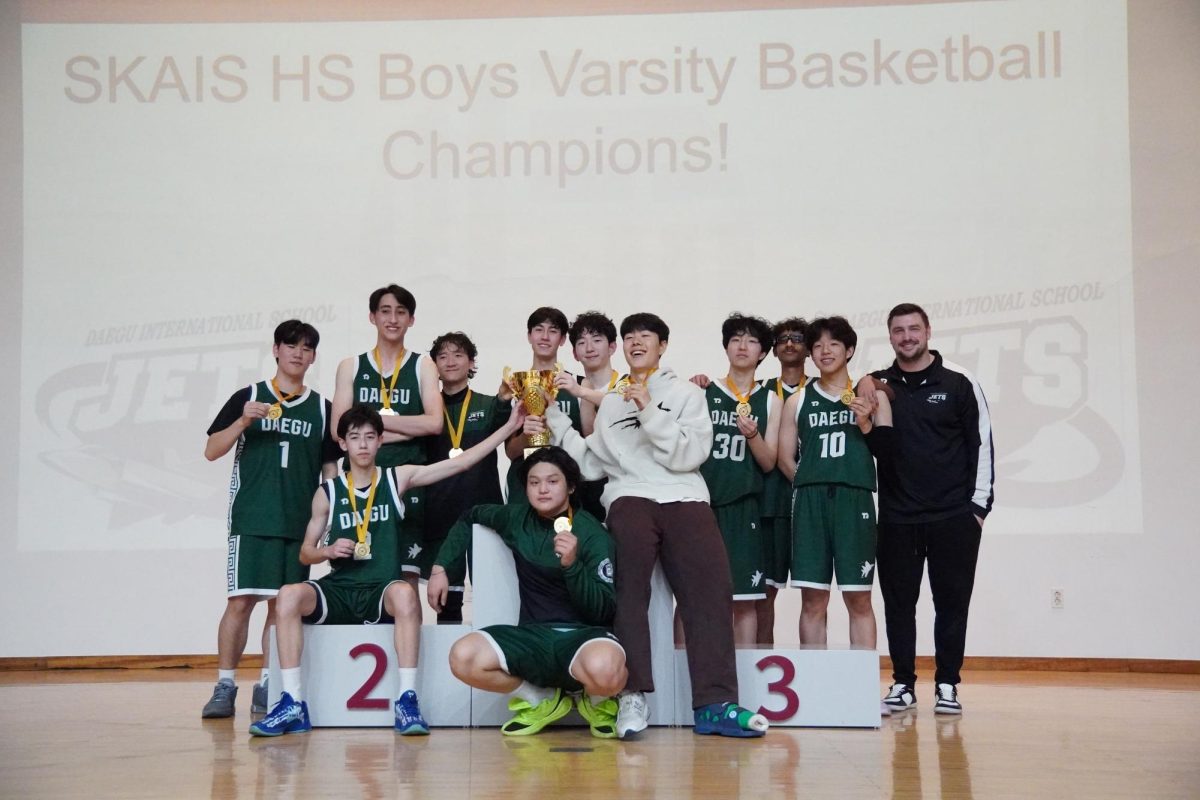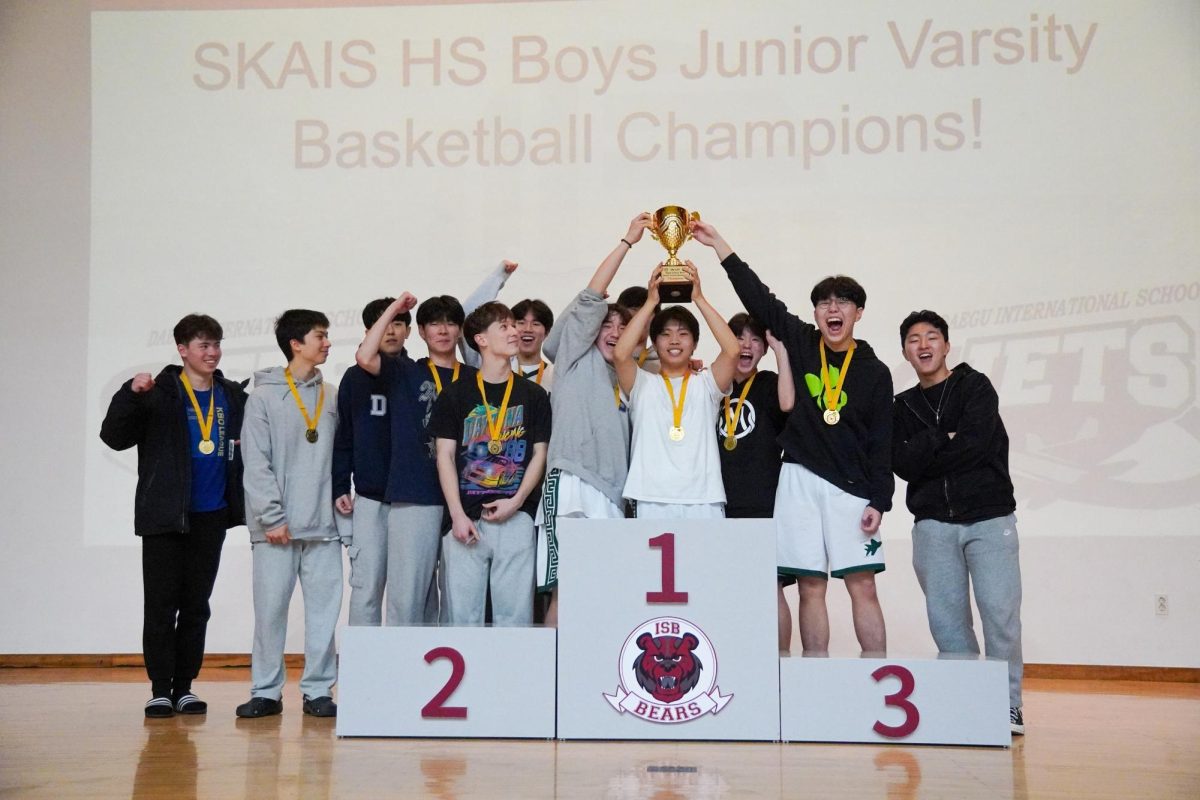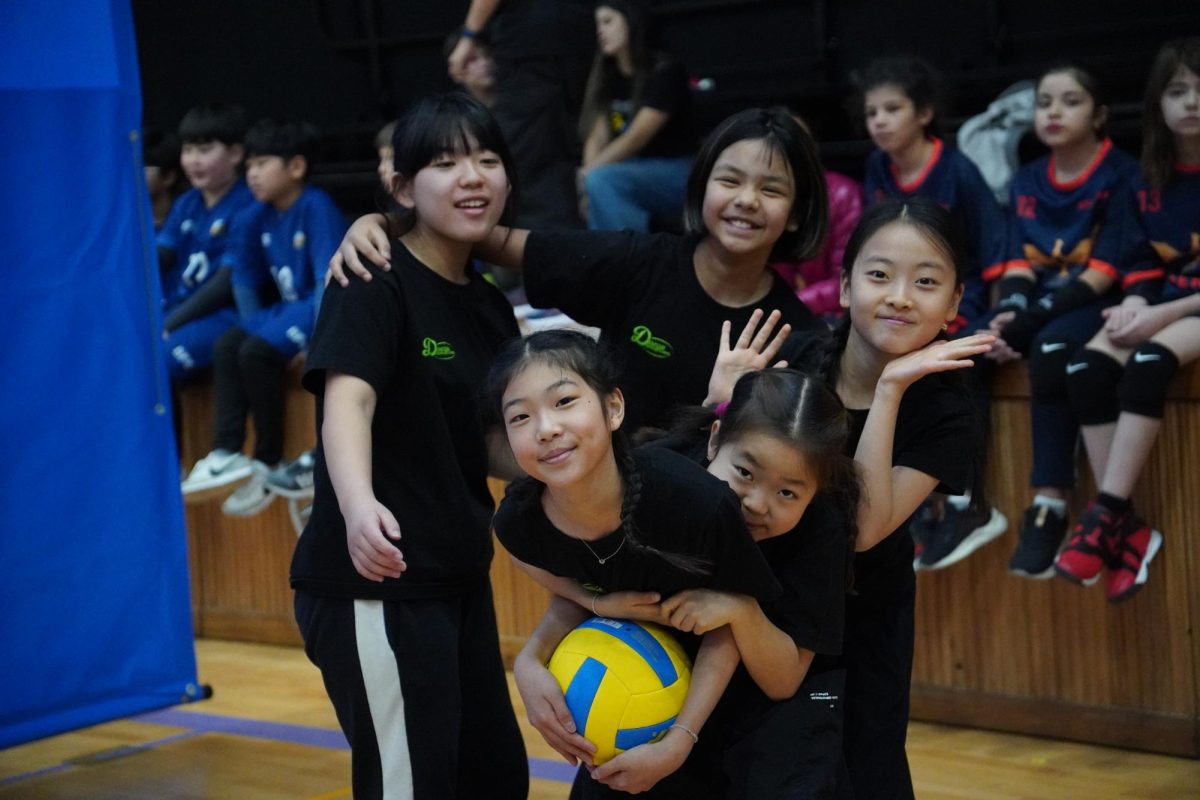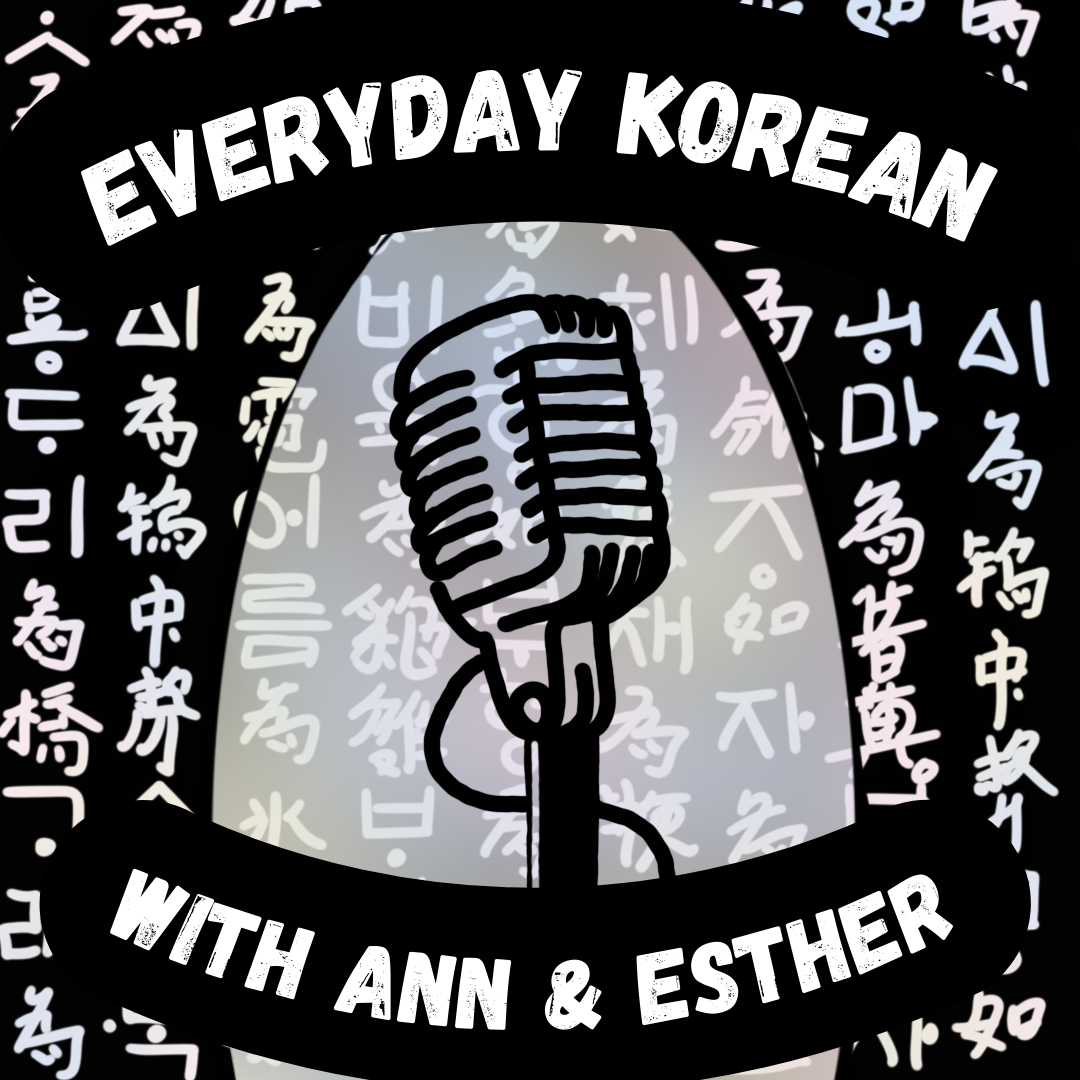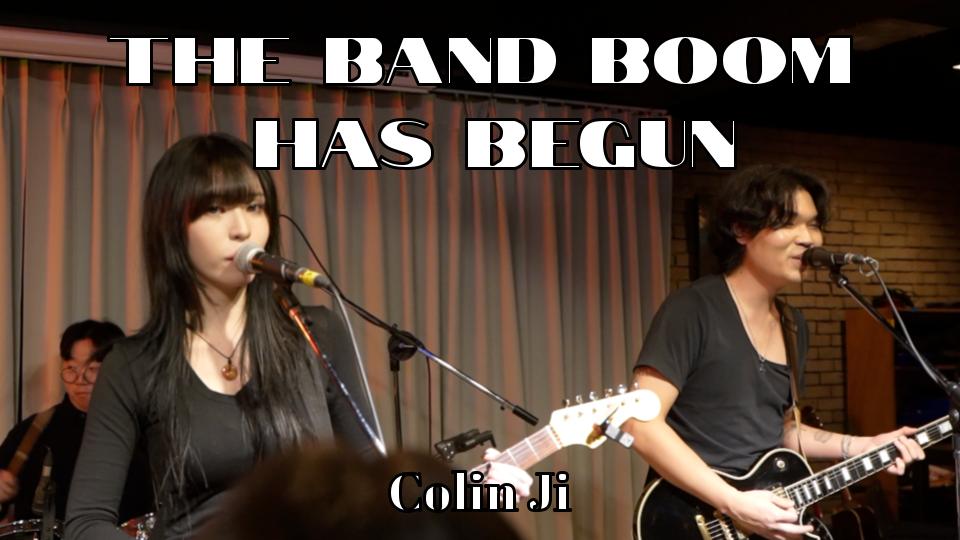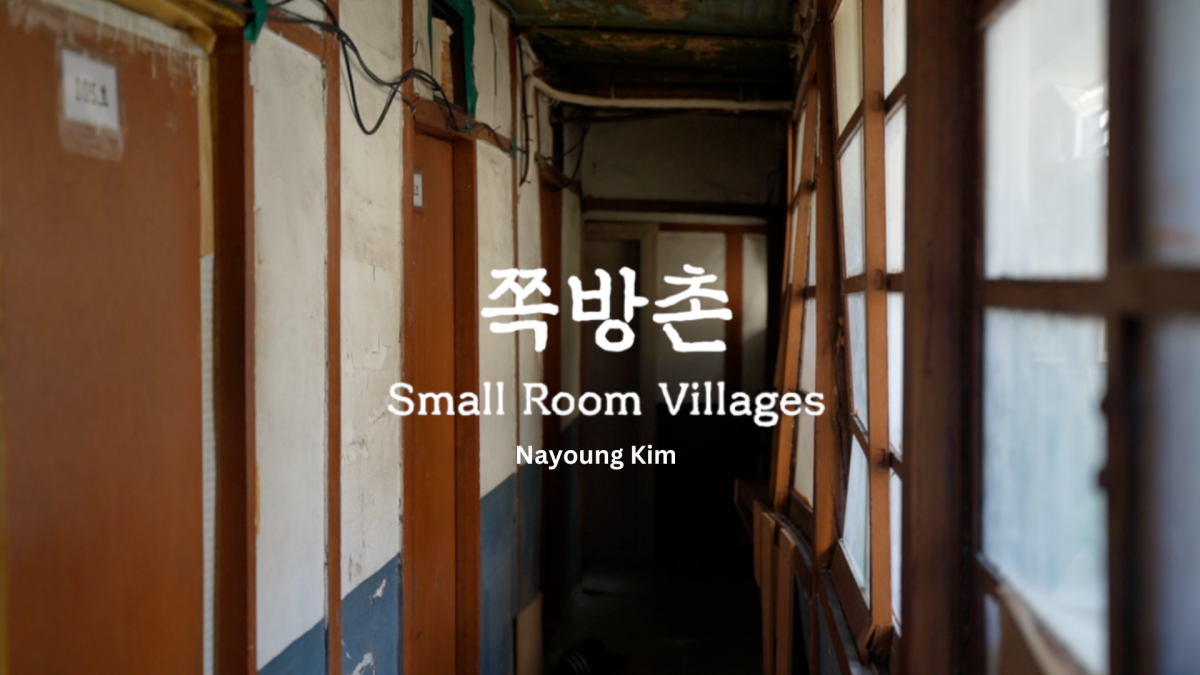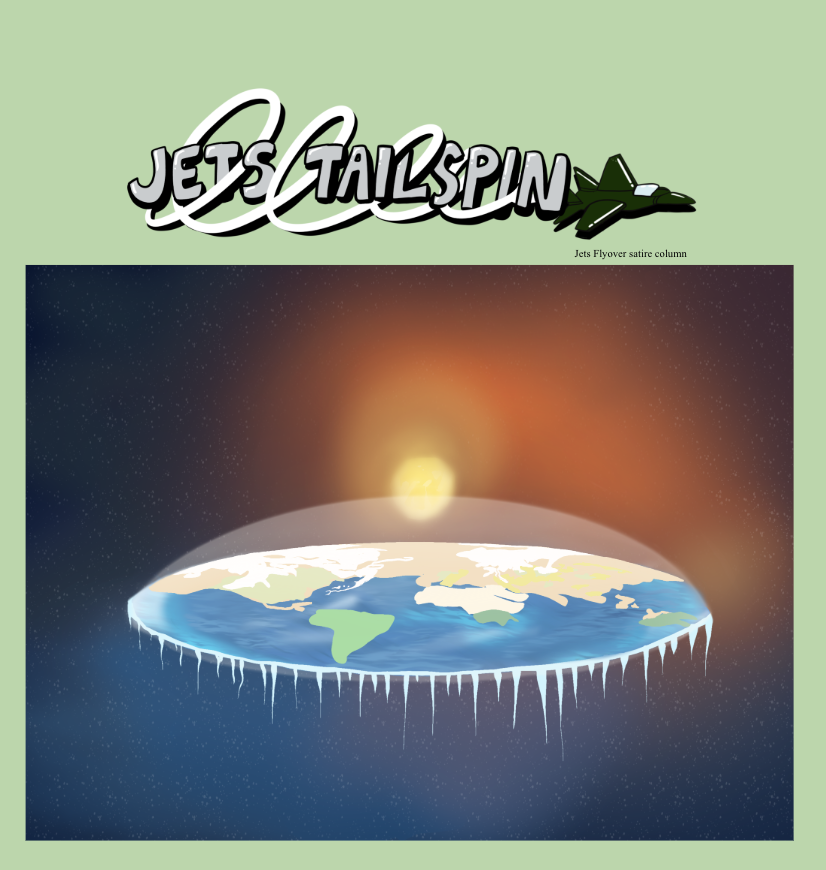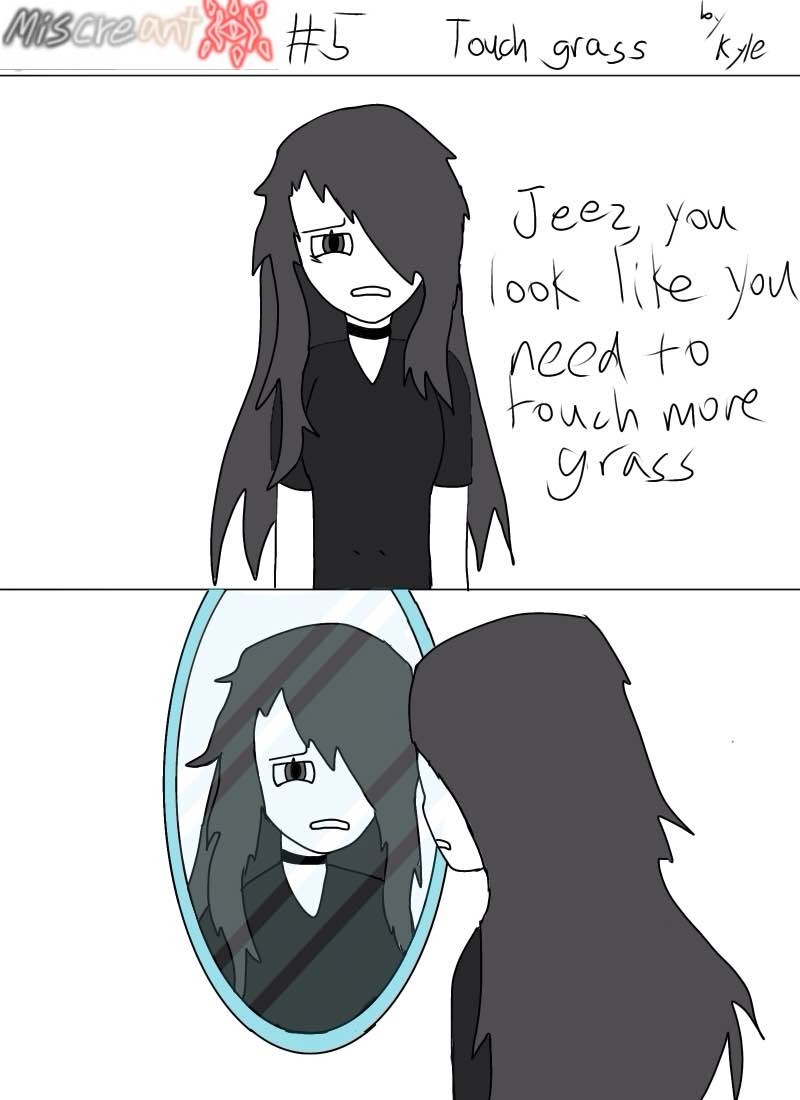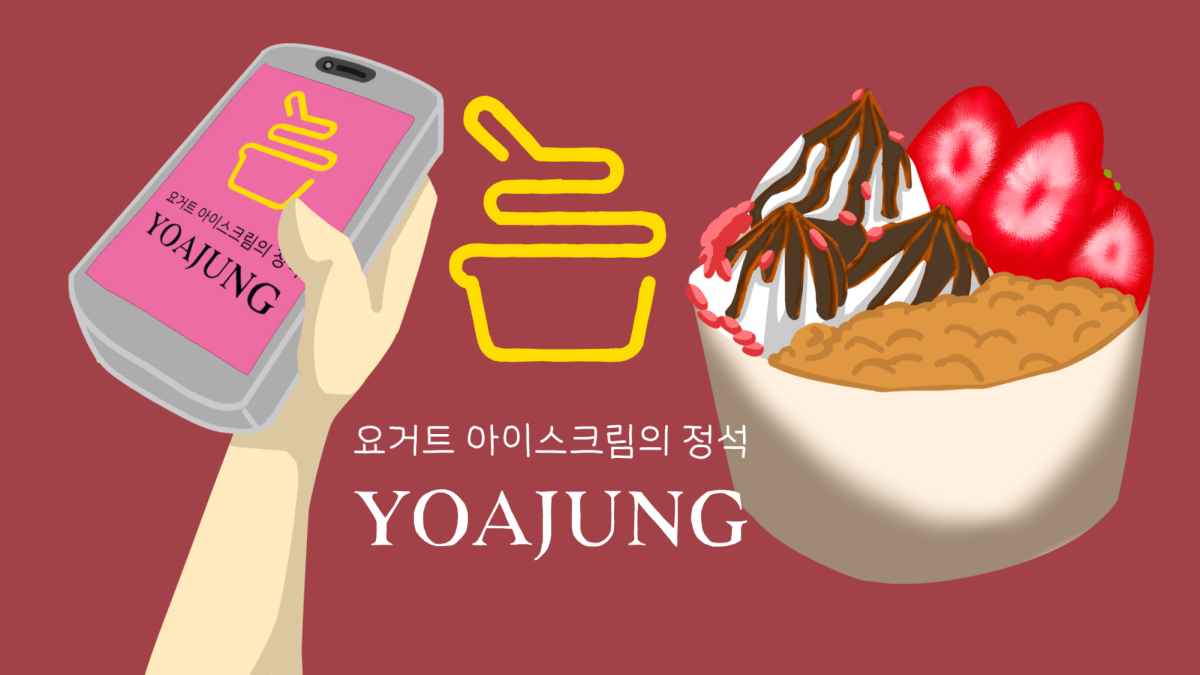Pink petals flutter through the spring air like confetti—but on the ground below, land atop crumpled ramen containers and discarded coffee cups. Millions of Koreans flock to hotspots like Jinhae, Gyeongju, and Seoul’s Yeouido every March and April to catch the fleeting flowers. However, these seemingly idyllic gatherings often leave public spaces strewn with trash.

Cherry blossom viewing, or beotkkotnori (벚꽃놀이), is one of Korea’s most cherished springtime trends. To cherish the seasonal culture, brands release flower-themed products, and the hit song “Cherry Blossom Ending” by Busker Busker resurfaces on music charts. The blooms gained further cultural traction through their appearance in K-dramas and social media, where they often symbolize a romantic aesthetic.

But the view isn’t always so picturesque. In recent years, the amount of trash left behind at major cherry blossom sites skyrocketed, with reports showing up to 25 tons of garbage over just a weekend in Seoul. Ap-san visitor Park Min-woo said, “The entire sidewalk was lined with coffee cups and wrappers. There was trash on the benches, in the electronic bicycle baskets, and in small piles in the corner. It’s especially worse to look at when it’s food waste or there is still liquid inside.”
Families with dogs also find themselves worried about their pets. “I went to Sincheon with my family to walk my dog. She kept sniffing around the leftover food. I was worried that she was going to eat trash. Dogs can get very sick if they eat bad food, and they might need to go to the doctor,” senior Edward An said.

In many popular parks, trash cans are few and far between. As visitors eat and drink along the streets, garbage accumulates in corners or gets stuffed into already-overflowing bins. “There were barely any places to throw things away. I think people don’t want to carry their trash while walking around for hours, which is a bit understandable, so they just leave it. There’s piles of trash every once in a while, and you don’t feel as guilty when other people are doing it,” sightseer Choi Ji-yoon said.
To address the issue, local governments launched a range of initiatives to promote sustainability. Gyeongju’s Eco-Friendly Cherry Blossom Festival offered reusable mugs and tote bags to visitors who brought in old cups or plastic bottles. “I think it would help if Daegu did that too, but we still need more. There should be more trash cans, and maybe even small fines or reminders from volunteers. I also think having a designated eating spot with tables would help,” Choi said.

If left unaddressed, the growing trash problem may reshape how these beloved festivals are remembered. Overflowing bins and unsanitary paths steal attention from the blossoms, and leave behind a poor impression for visitors and strain for city workers. In a season meant to remind us of beauty’s impermanence, perhaps the greatest irony lies in the permanence of what we leave behind.



